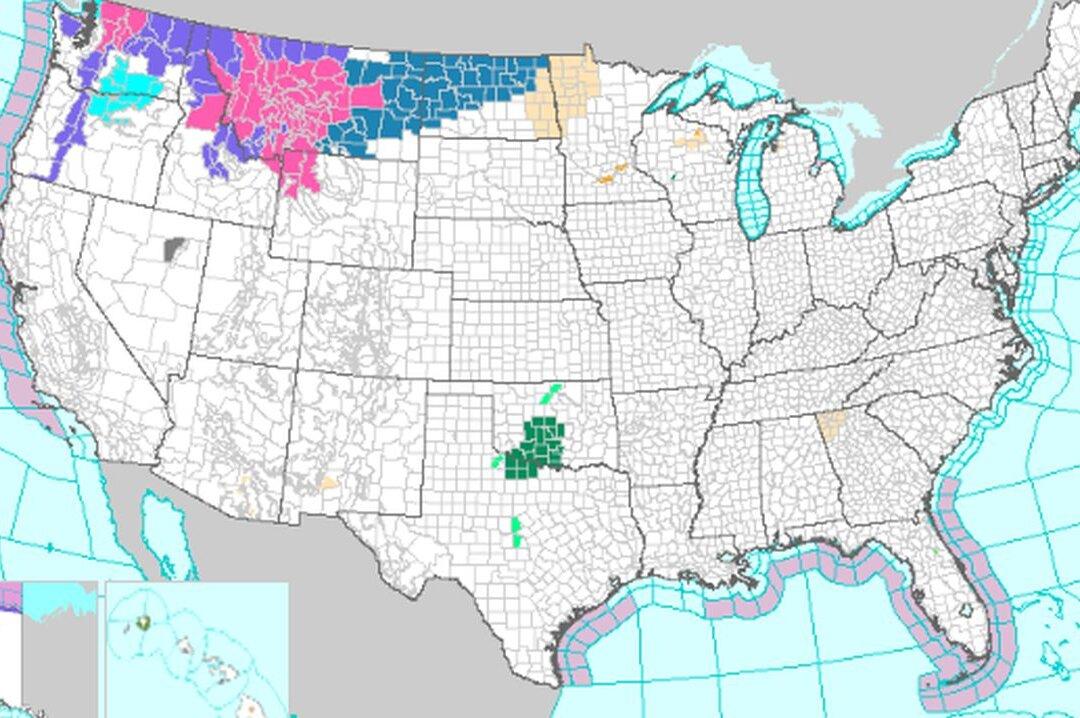The first “significant” snow of the season is coming for the northwestern United States and portions of the northern Plains states starting Tuesday evening, federal officials say.
“An early-season snow storm will impact the Northwest quadrant of the U.S. over the next few days,” the National Weather Service (NWS) stated on its website Tuesday. “The heavy snow and winter weather conditions start today across the Northwest terrain into the northern Rockies before filtering out into the northern Plains midweek. This significant multi-day event will likely cause difficult travel conditions across the region.”





